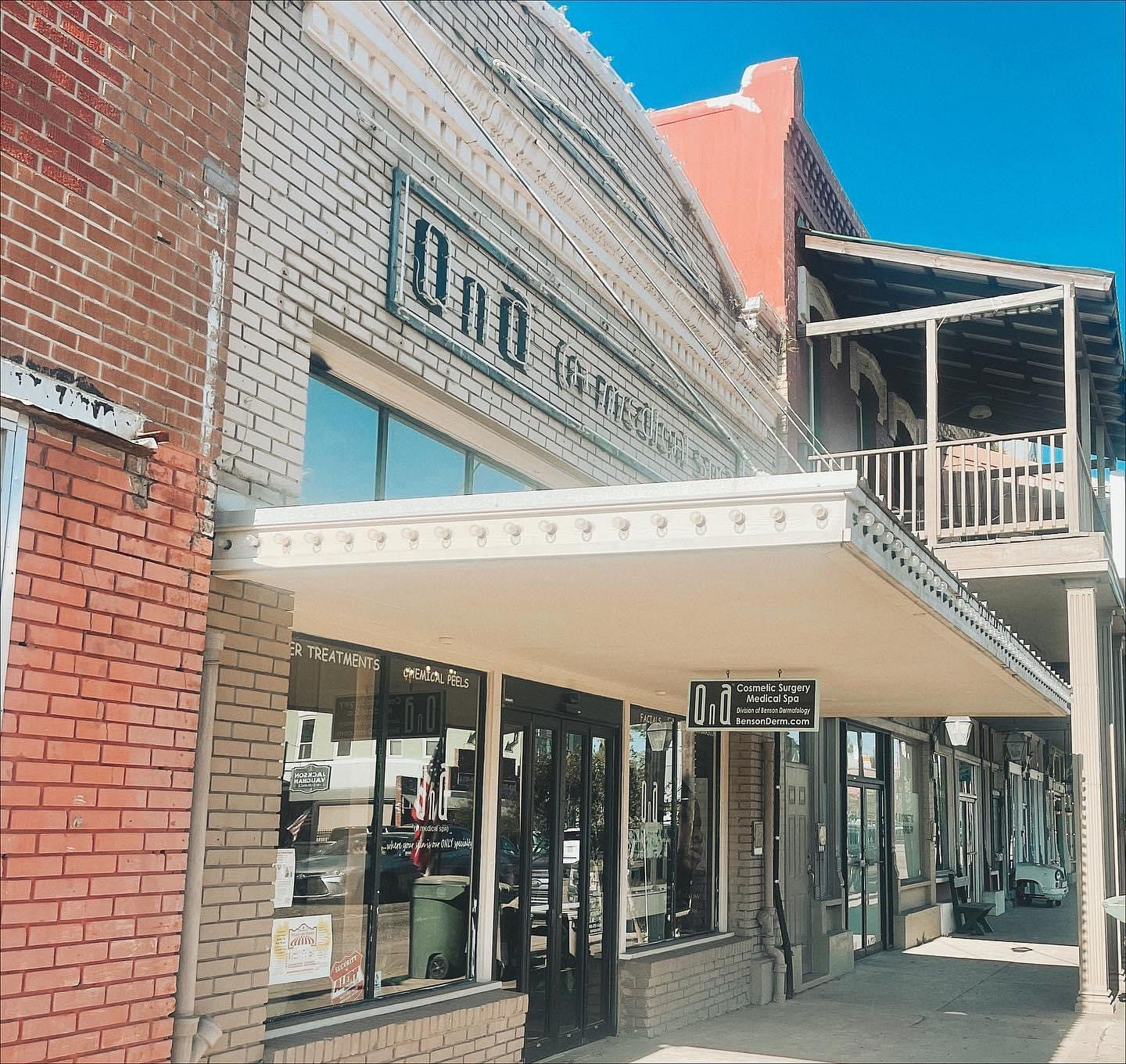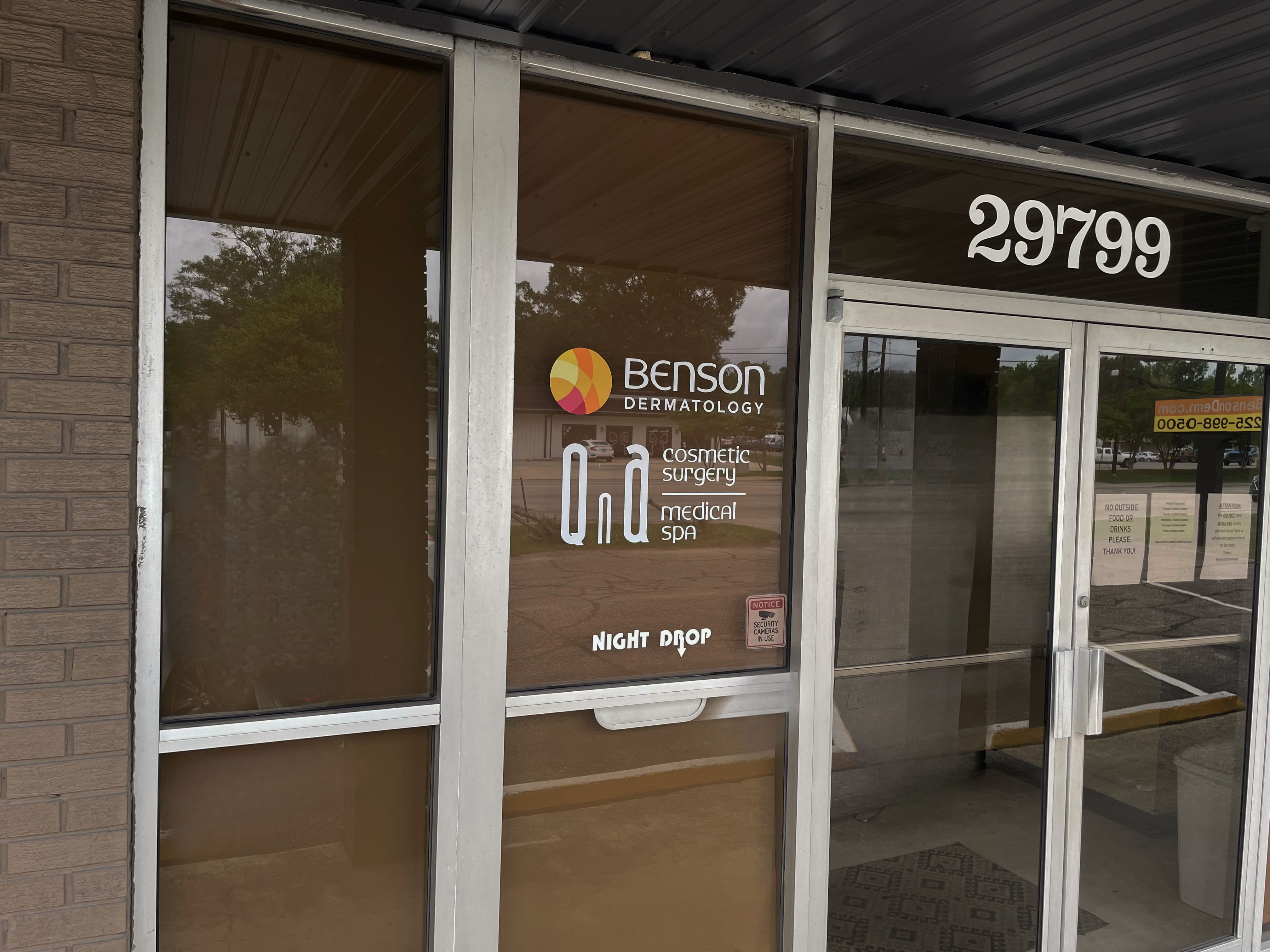Before and After
Laser and IPL Treatments
Here at QnA, we offer a variety of laser treatments that help to target different areas of skin concerns pertaining to aging, tone, texture, redness, and discoloration. Different lasers we carry include Laser Genesis (1064 YAG), Limelight IPL Laser, Laser Hair Reduction (810 Dioluxe and 1064 YAG), and Laser Vein Reduction (1064 YAG). Through consultation with one of our Benson Dermatology or QnA Cosmetic Surgery providers, a consultation should take place in order to determine which laser procedure would best suit the patient's skin. It is important to note that with all laser procedures, a series of treatments ranging from 3-6 is strongly advised to see best results.

Laser Hair Reduction is a procedure that targets the hair follicle in its active growing phase in order to lessen the density, coloring, and overall growth of the hair in that area. Prior to laser hair reduction, the patient is evaluated based on skin tone as well as hair coloring and density to determine if the patient’s hairs will respond to treatment. Once approved, patients are informed to discontinue waxing or plucking desired area for at least a month prior to treatment, and to come completely shaven for all appointments. A series of 5 treatments will initially take place every 4-6 weeks apart in order to target each follicle in its active growing phase. Over the course of the treatments, patients should see hair growth lessen and thin over time, and once the package of 5 treatments is complete, maintenance treatments are required to maintain results. While the majority of patients see massive improvement in their hair growth, it's vital to note that hormonal changes or certain medications or medical conditions- like PCOS- can be a contraindication to the effectiveness of laser hair reduction.
Laser Vein Reduction is a procedure we offer that uses a 1064 YAG laser to target certain vascular conditions such as spider veins, hemangiomas, port wine stains, venous lakes, or, most commonly, telangiectasias. This is done by using the laser to cartorize the vein and cut off the blood supply that causes the area to become visible on the skin. Sometimes, if leg veins are prominent, the NP or Doctor will recommend the patient to a vascular surgeon before allowing treatments to take place at QnA. If treatment is approved, patients should expect little to no downtime for facial vein treatments aside from potential swelling to the area for about 24-48 hours after treatment. If treatment is taking place on the legs, including ankles, shins, thighs and behind the knees, more significant downtime is required. For about 8-10 weeks, patients should be aware of general soreness to the area, and for the first few days to a week after treatment avoid strenuous activities or sun exposure, as the sun can exacerbate the appearance of the treated veins, creating almost a “blood stained” look. Bruising is expected post treatment and can take a few weeks to improve. Most vein treatments, especially to the legs, are recommended during the winter when sun exposure is at its lowest. A contraindication to laser vein treatment is if the patient is on bloodthinners, seeing as bruising and bleeding is more prominent in individuals who take them. Results are not guaranteed with this procedure, as some patients' veins do not respond to targeted laser treatment and may need to seek out a vascular surgeon if multiple treatments are performed at varying settings and response is not shown.
Laser Genesis is a nonablative laser using micropulse technology at a wavelength of 1064nm that airbrushes heat over the skin without damaging the surface layers. The laser absorbs the water molecules within the dermis (the deepest layer of the skin), which generates heat, thus stimulated collagen products and an improvement on the skin’s elasticity. Laser Genesis also helps to diminish inflammation in the skin which can help with redness, breakouts, and post-inflammatory pigmentation. It will also help to treat fresher scarring as well as reduce the appearance of pores. To prepare, patients should avoid sun exposure for at least a week to two weeks prior to treatments, and to avoid harsh exfoliants and retinoids for about 3-5 days before. Little to no downtime is expected with this procedure. Patients may find themselves to be a tad red within the hours following the treatment, but within 24 hours, the patient's skin should be relatively back to normal. It is important to note that the skin will be sensitive to sun exposure post treatment, and to avoid direct sunlight for about 48 to 72 hours afterwards. Retinoid usage as well as exfoliants can be resumed after about 3 days post treatment or if directed otherwise by the provider. For best results, a series of treatments is recommended and can be paired with treatments like IPL and Laser Vein Reduction for maximum benefits.
IPL (intense pulse light) uses a flashbulb to target certain imperfections on the skin, such as hyperpigmentation, certain types of vascularity, and some age- spots. The laser targets the pigmentation and actively lifts the pigment to the surface of the skin where it should then flake off over the course of a couple weeks. Multiple treatments are required to reach different depths of the pigment in order to extract it all from the skin. It should be known that pigment may appear worse before it gets better, but that is very common when actively trying to diminish pigment. A contraindication to treatment would be if a patient has melasma, seeing as melasma can worsen heat exposure and spread if targeted by IPL or any procedure that produces heat. Before treatment, patients should avoid sun exposure for at least a week to two weeks prior to treatments, and to avoid harsh exfoliants and retinoids for about 3-5 days before. IPL is usually recommended more in the winter months since there is less risk to the skin being damaged during that time. After treatment, redness as well as darkening of any pigment is to be expected. Redness should last about a few hours to a day after, whereas, the darkening pigment should continue to darken and create a “coffee grind” effect on the surface of the skin. The patches should then flake off within a couple of weeks after treatment. This treatment pairs best with at home exfoliation treatments to continually help the pigment to slough off between treatments. Acids such as glycolic or lactic are great options for gentle yet effective exfoliation.
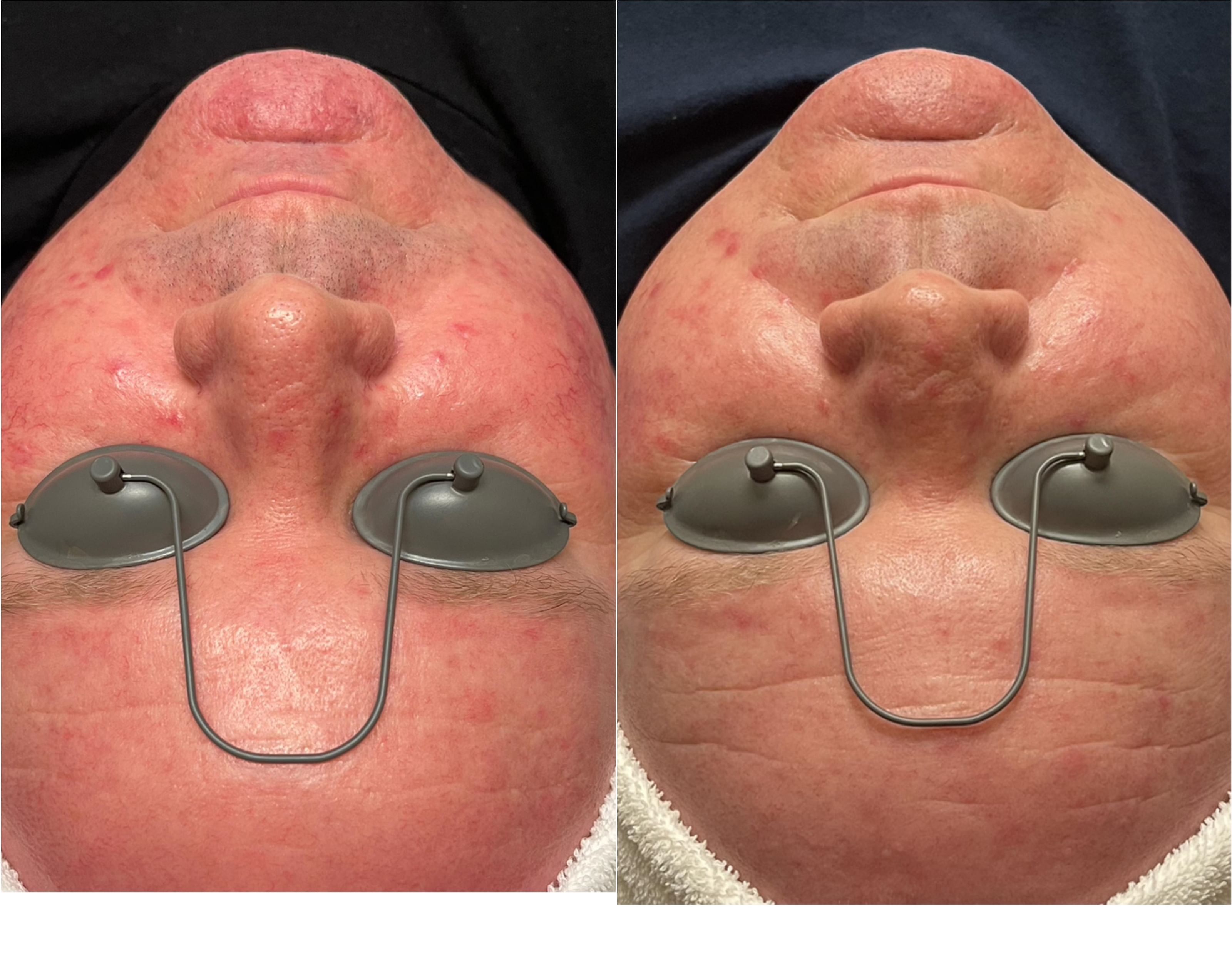
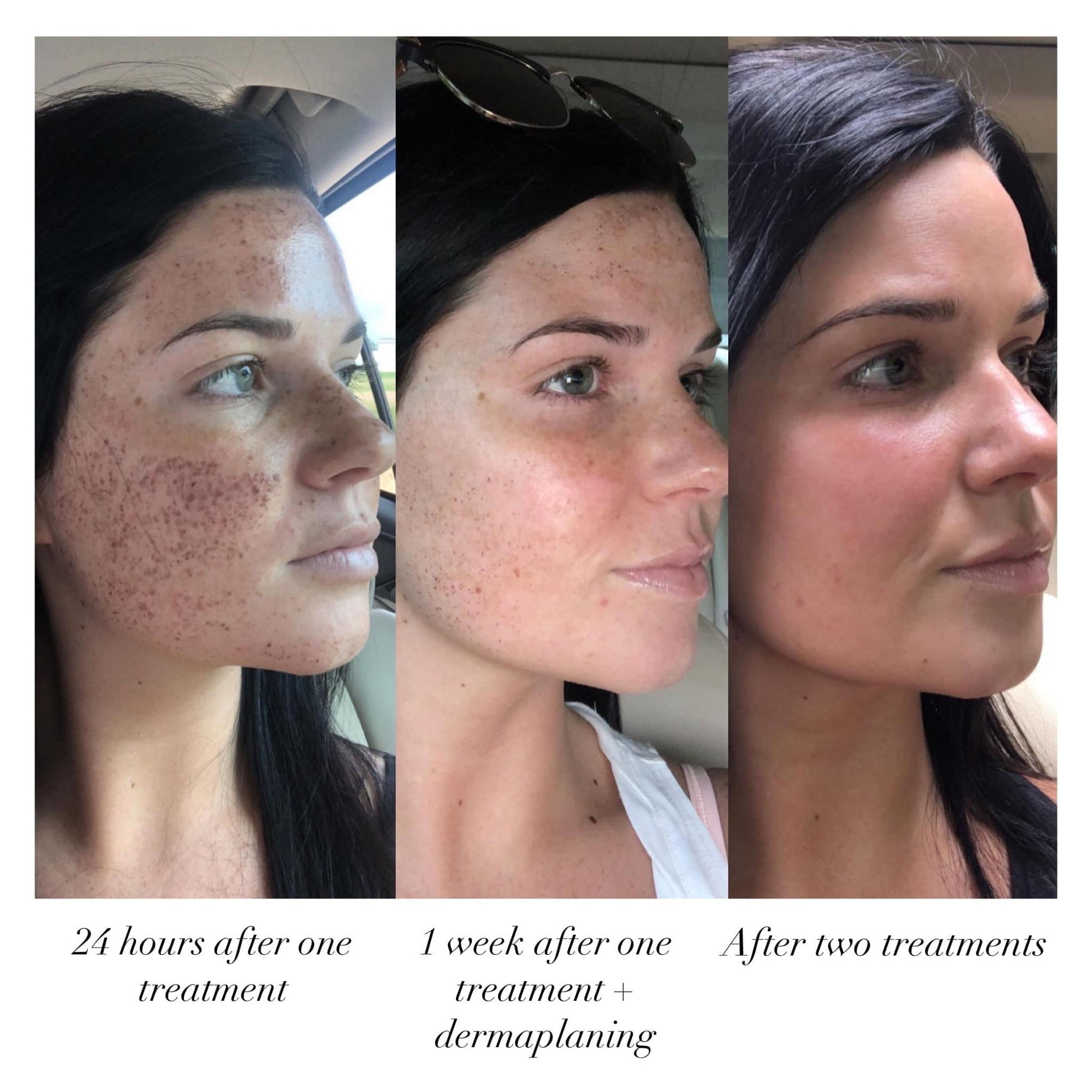
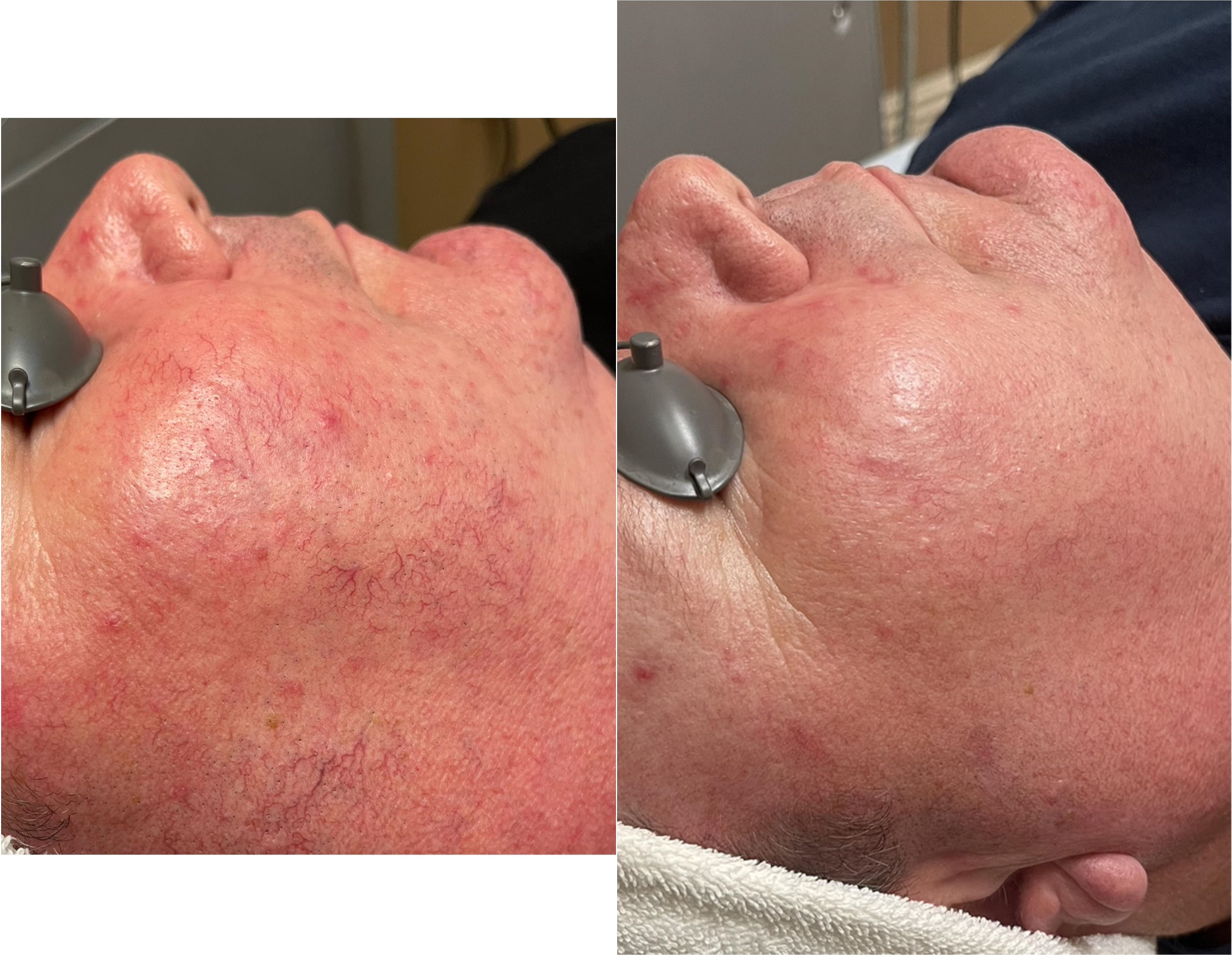

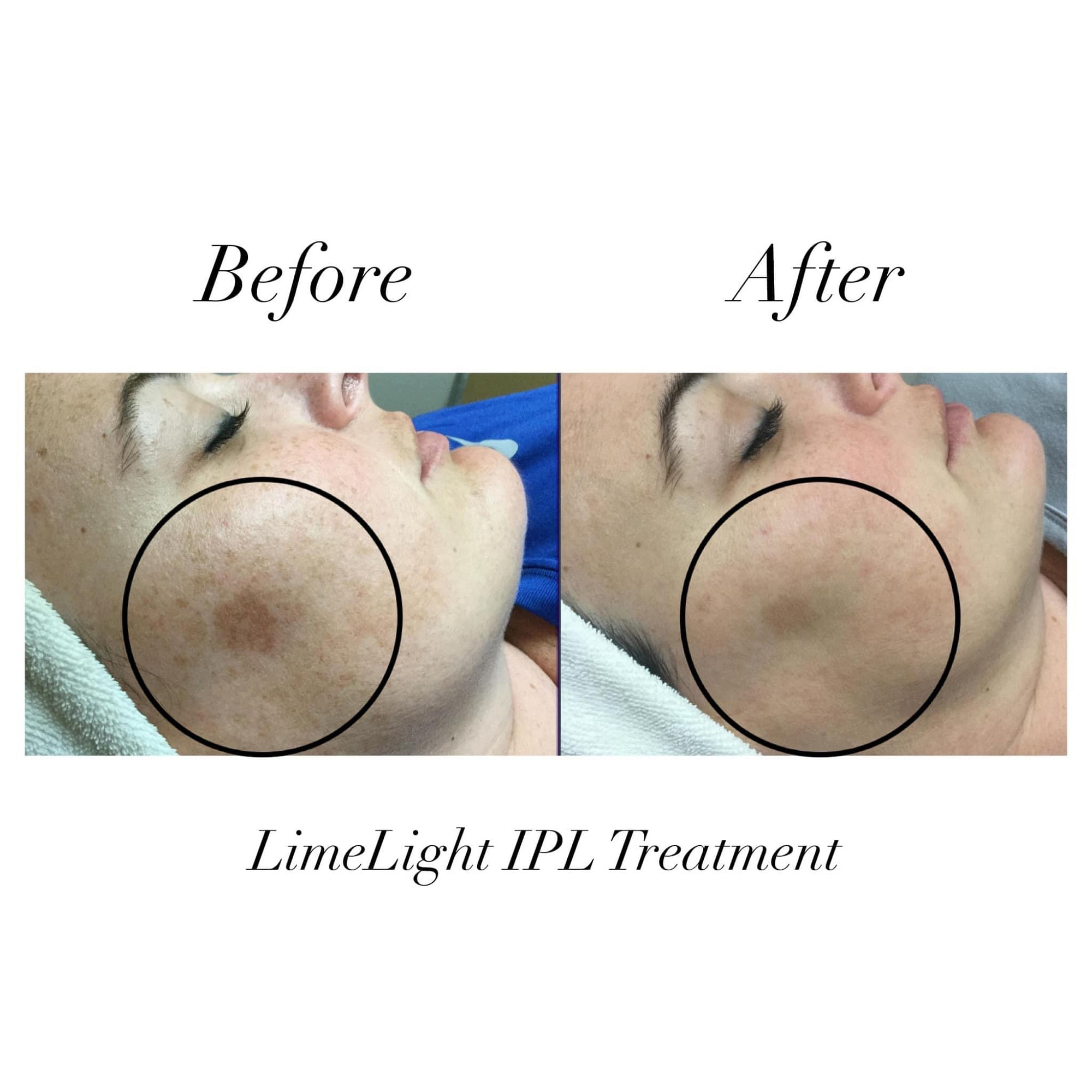
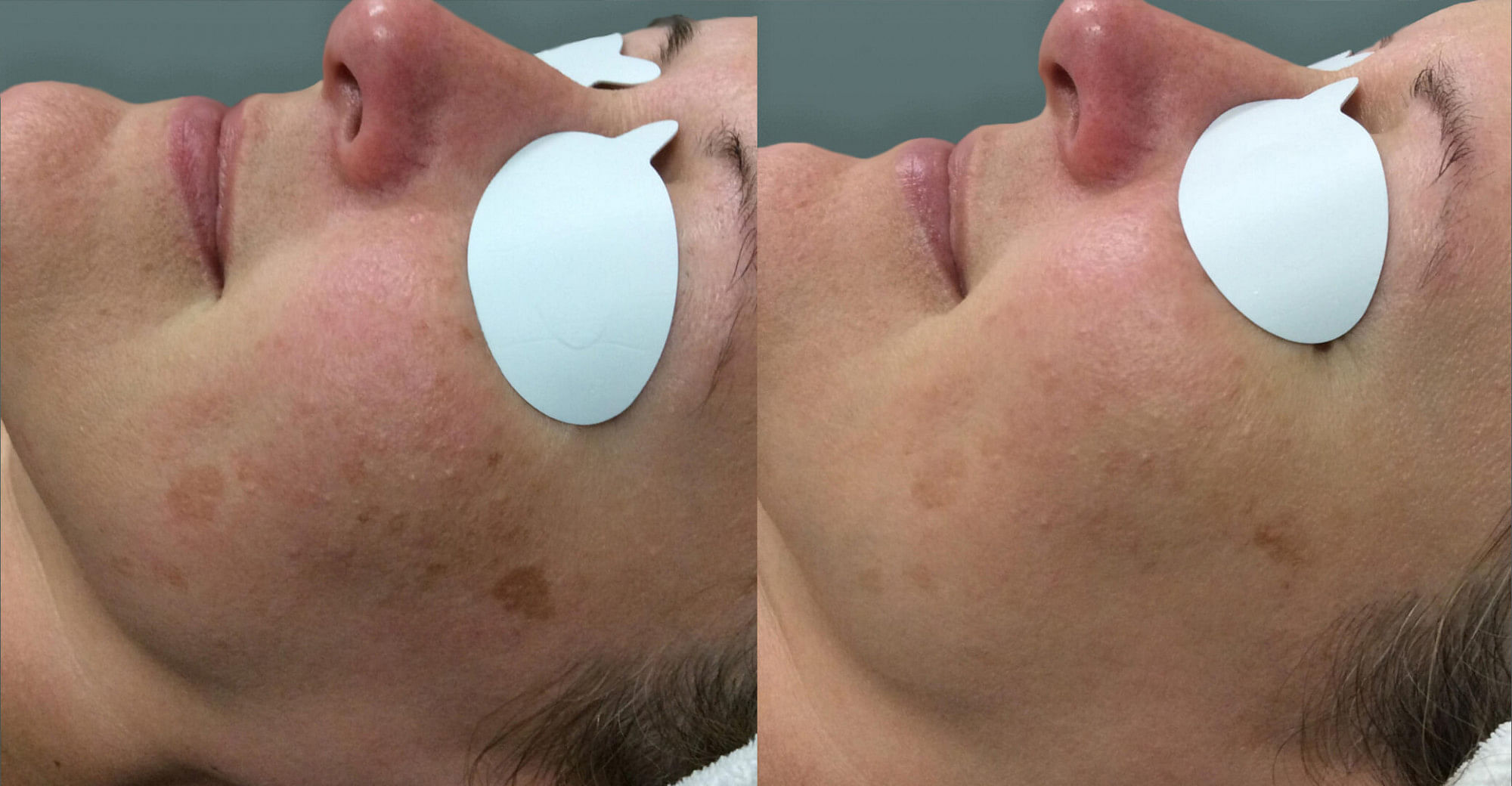
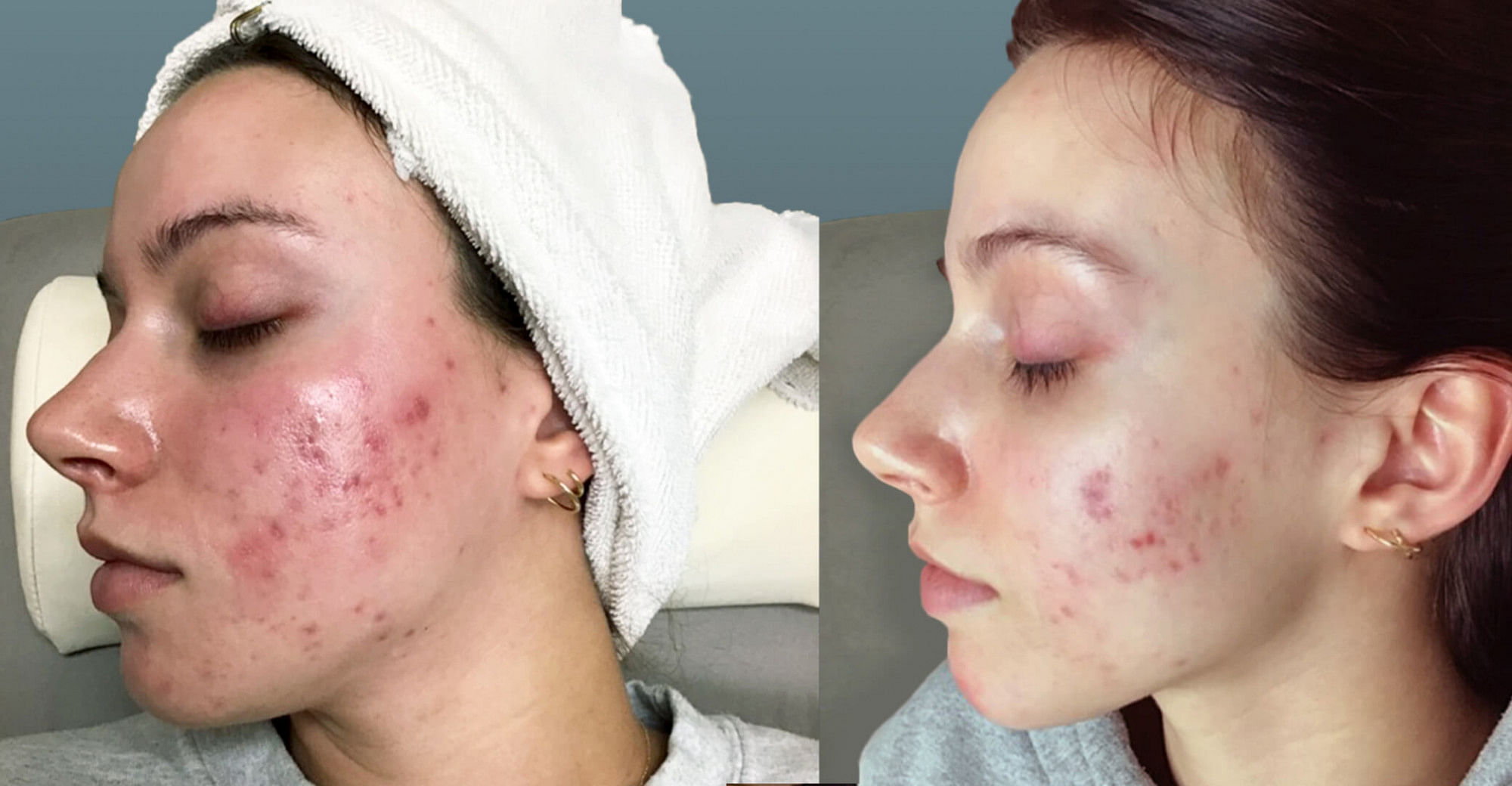
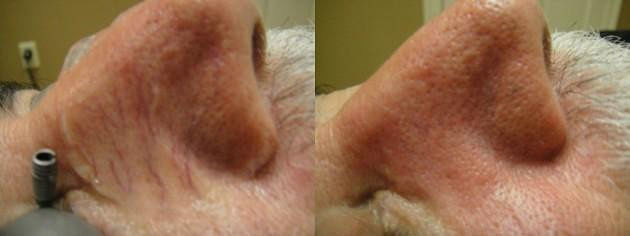
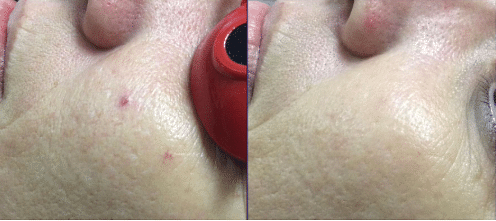
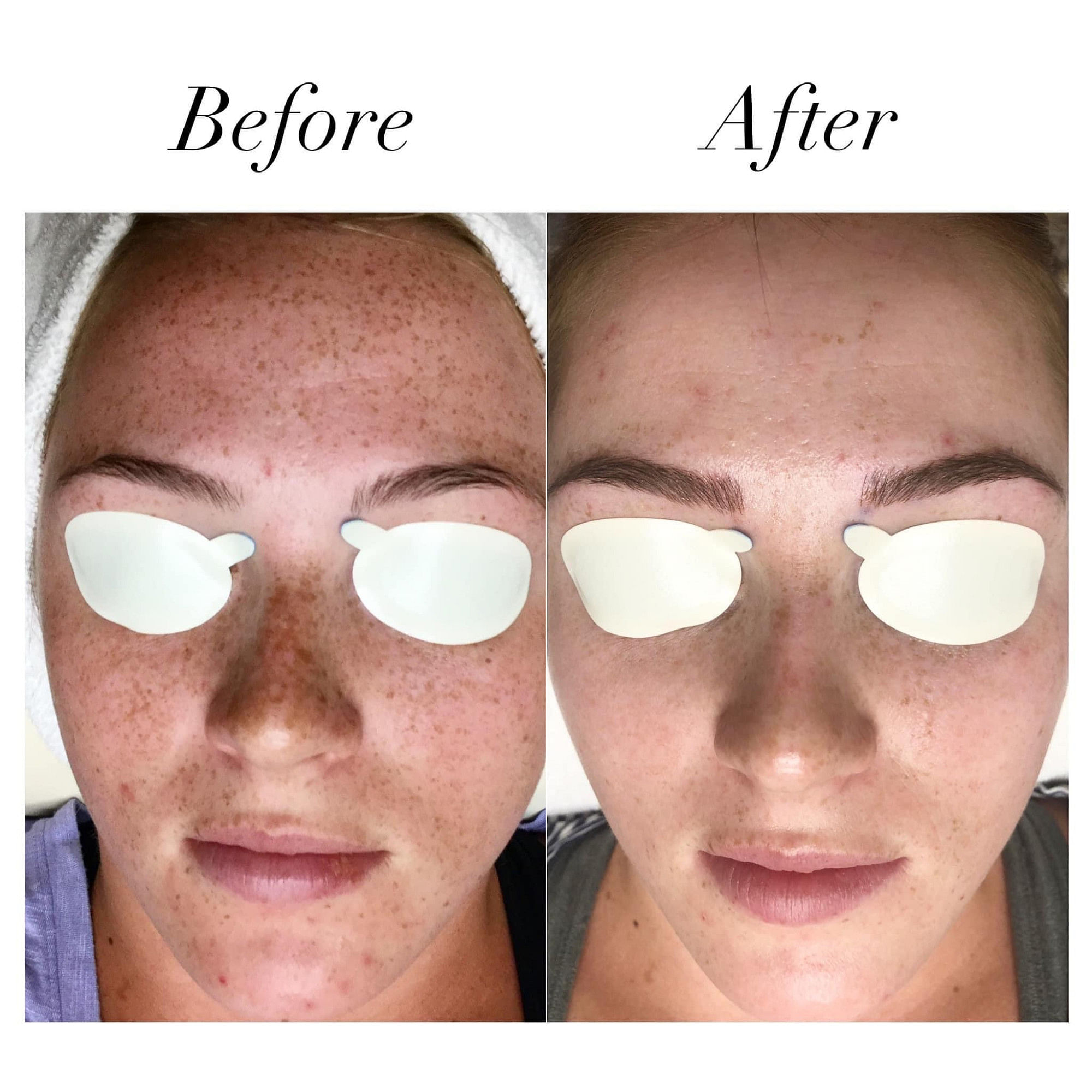

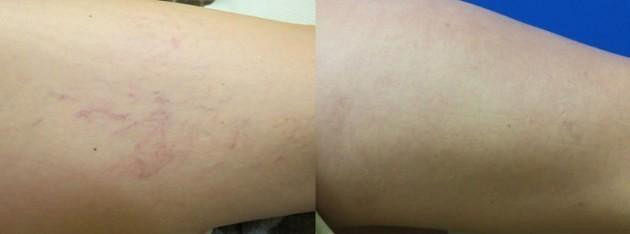


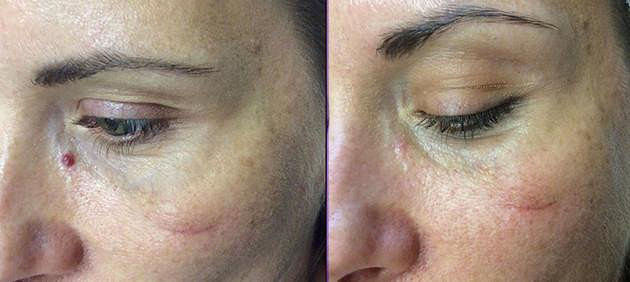
Our Treatment Process
- A quick skin assessment identifies goals such as fading sun spots, softening fine lines, or reducing visible vessels.
- Pre-care may include pausing certain topicals, avoiding tanning, and arriving with clean skin.
- Your provider recommends either laser resurfacing or IPL based on pigment, redness, and downtime preferences.
- Mild redness or warmth is common and usually settles within hours to a few days.
- Dark spots can temporarily look darker before flaking away.
- -Post-care focuses on gentle cleansing, hydration, and daily sunscreen to protect results.
- Many patients notice brighter, more even skin within one to three weeks after IPL.
- Laser resurfacing can smooth texture and fine lines over several weeks as new collagen forms.
- People with sun damage, blotchy tone, redness, or early fine lines.
- Those willing to follow simple pre- and post-care and commit to sun protection.
- Candidates seeking visible improvement without surgery.
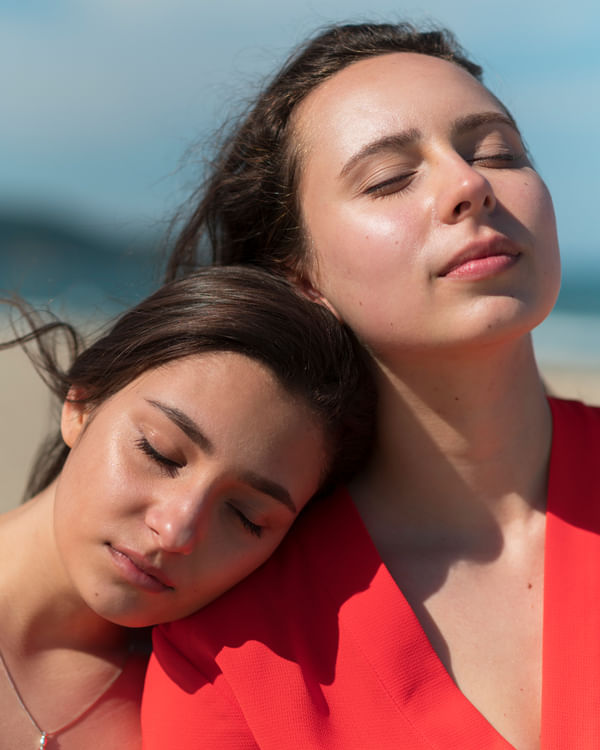
Ready to See Your Own Before and After?
Schedule a consultation to review laser and IPL laser examples that match your skin goals. Call today to start the first steps towards creating a personalized treatment plan with our board-certified dermatologists!
seasonal specials
Interested in innovative cosmetic treatments to help you feel and look your best?



